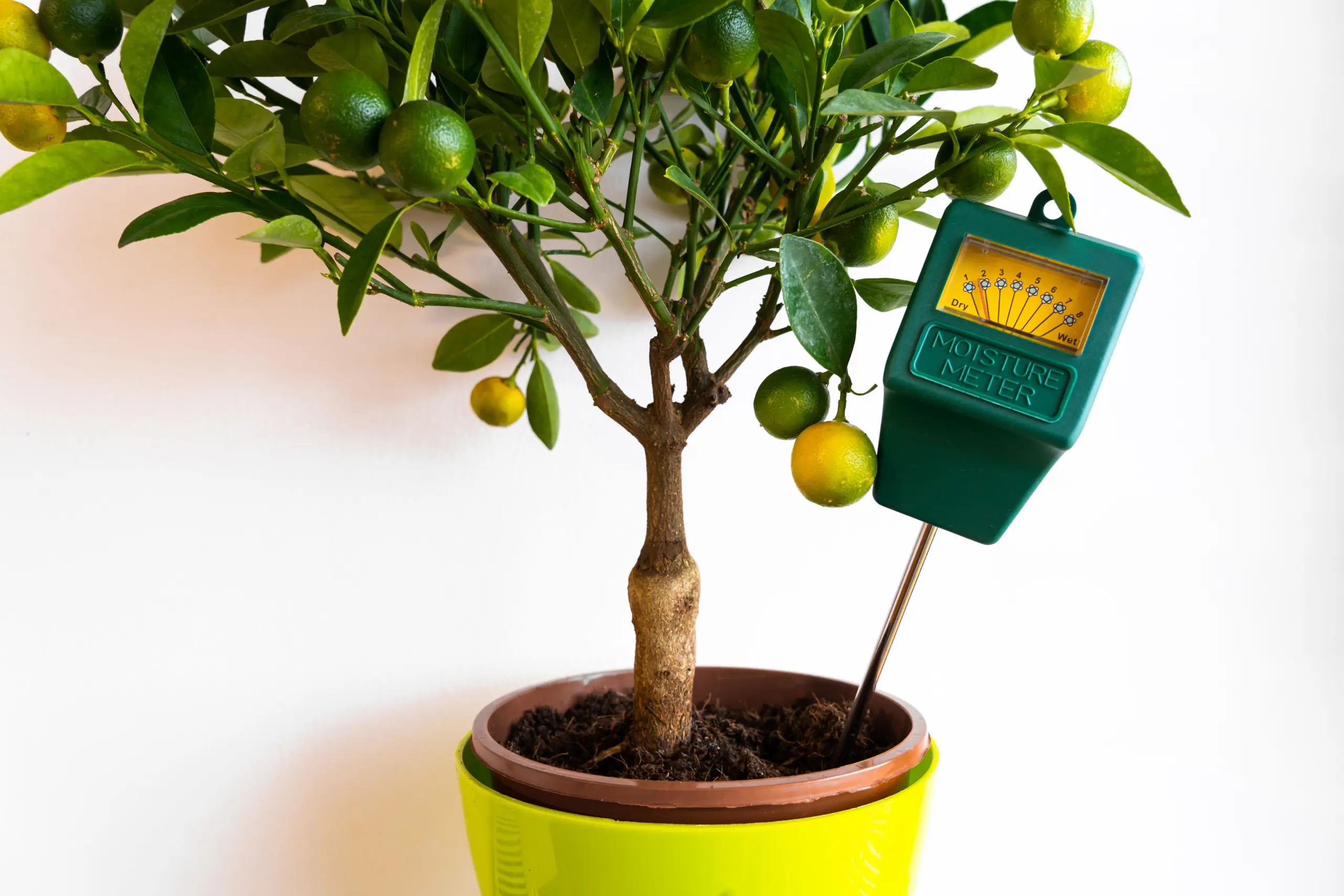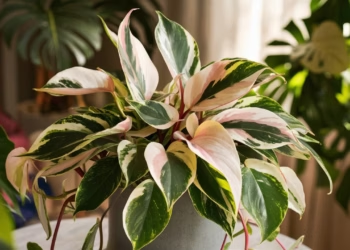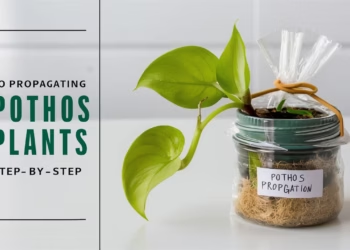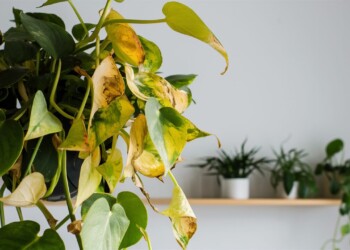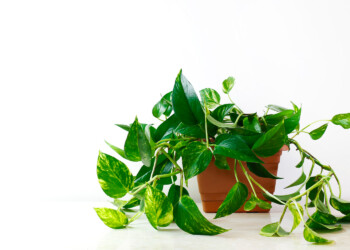Dreaming of plucking fresh, juicy lemons straight from your very own indoor oasis? Well, look no further! In this comprehensive guide, we’ll delve into the art of cultivating and caring for lemon trees in pots, bringing a burst of vibrant citrus life into your living space! Whether you’re a seasoned plant enthusiast or a greenhorn gardener, our step-by-step instructions and handy tips will have you on the path to successfully nurturing your own lemon tree in no time!
Getting Started: Choosing the Perfect Lemon Tree
So, you’re ready to embark on your lemony adventure! But first things first – selecting the right lemon tree is crucial for a fruitful journey. Here’s what you need to consider:
- Variety Matters: Different lemon tree varieties thrive in varying conditions. Whether you opt for the classic Eureka or the tangy Meyer lemon, ensure you choose a variety suited to indoor cultivation.
- Size Matters: Lemon trees come in various sizes, from compact dwarfs to more sprawling specimens. Consider the available space in your home and select a size that fits your indoor environment.
- Rootstock Selection: Pay attention to the rootstock of the lemon tree. Dwarf rootstocks are ideal for pot cultivation, as they maintain manageable sizes and adapt well to container life.
- Inspect Before You Buy: When purchasing a lemon tree, examine the foliage for any signs of pests or diseases. Healthy leaves and sturdy stems are indicators of a robust plant ready for your care.

Planting Your Lemon Tree in a Pot
Now that you’ve picked out the perfect lemon tree, it’s time to get your hands dirty – literally! Follow these steps to ensure a smooth planting process:
- Choose the Right Pot: Opt for a pot with good drainage to prevent waterlogging, which can lead to root rot. Ensure the pot is spacious enough to accommodate the roots and allow for growth.
- Prepare the Soil: Use a well-draining potting mix specifically formulated for citrus plants. You can also mix in some perlite or sand to improve drainage.
- Planting Depth: When planting your lemon tree, ensure that the graft union (where the scion meets the rootstock) sits slightly above the soil level. This helps prevent the scion from rooting into the soil.
- Watering Wisely: Give your newly planted lemon tree a thorough watering to settle the soil around the roots. Afterward, water only when the top inch of soil feels dry to the touch.

Nurturing Your Lemon Tree: Care Tips and Tricks
Congratulations! Your lemon tree is now nestled snugly in its pot. But the journey has only just begun. Here’s how to ensure your citrus buddy thrives indoors:
- Sunshine Galore: Lemon trees crave sunlight, so place your pot in a sunny spot where it can bask in at least 6-8 hours of direct sunlight daily. If natural light is scarce, consider supplementing with grow lights.Inadequate light can result in leggy growth, reduced fruit production, and overall diminished vitality.
- Temperature Tango: Lemon trees prefer temperatures between 60°F to 70°F (15°C to 21°C). Avoid placing your plant near drafty windows or heat sources, as extreme temperature fluctuations can stress the tree.
- Hydration Station: While lemon trees don’t like wet feet, they do require consistent moisture. Water your tree deeply but infrequently, allowing the soil to dry out slightly between waterings. Avoid overwatering, as it can lead to root rot.
- Feed Me, Seymour!: Provide your lemon tree with a balanced organic fertilizer formulated for citrus plants during the growing season (spring and summer). Follow the manufacturer’s instructions for application rates and frequency.
- Pruning Party: Regular pruning helps promote healthy growth and improves air circulation around the tree. Remove any dead or diseased branches, as well as any suckers that emerge from below the graft union.

Summer Care Tips for Indoor Lemon Trees
During the warmer months, many growers opt to move their indoor lemon trees outdoors to benefit from fresh air and increased sunlight. However, transitioning your lemon tree from indoor to outdoor environments requires careful acclimatization to prevent stress and sunburn.
Gradual Acclimatization
To acclimate your lemon tree to outdoor conditions, gradually introduce it to brighter sunlight and fluctuating temperatures. Begin by placing the tree in a shaded area outdoors, gradually increasing exposure to sunlight over several days to allow for adjustment without risking sunburn or shock.

Troubleshooting Common Lemon Tree Woes
Even with the best care, lemon trees may encounter a few bumps along the way. Here’s how to tackle some common issues:
- Yellowing Leaves: Yellow leaves can signal a variety of problems, including nutrient deficiencies, overwatering, or pests. Assess your watering habits and ensure your tree is receiving adequate sunlight. Consider fertilizing with a citrus-specific fertilizer to address nutrient deficiencies.
- Pest Party: Keep an eye out for pesky intruders like aphids, scale insects, or spider mites. Treat infestations promptly with insecticidal soap or neem oil, ensuring to cover both the upper and lower leaf surfaces.
- Fruit Drop Fiasco: Premature fruit drop can occur due to fluctuations in temperature, inadequate pollination, or water stress. Maintain consistent growing conditions, and consider hand-pollinating your tree if necessary to ensure fruit set.

With a little TLC and some know-how, growing and caring for a lemon tree in a pot can be a rewarding experience. By providing ample sunlight, proper watering, and regular maintenance, you’ll be well on your way to enjoying a bountiful harvest of zesty lemons right from the comfort of your own home. So roll up your sleeves, grab your gardening gloves, and let the citrusy adventures begin! Remember, with patience and perseverance, your indoor lemon tree will flourish, bringing a taste of sunshine to even the dreariest of days. Happy growing!
FAQs
What are the best citrus trees to grow indoors?
Some of the best citrus trees to grow indoors include:
- Meyer Lemon: Known for its sweet-tart flavor and prolific fruiting, Meyer lemon trees are well-suited for indoor cultivation.
- Calamondin Orange: Calamondin oranges are small, tangy fruits that are ideal for indoor growing due to their compact size and ornamental appeal.
- Key Lime: Key lime trees can thrive indoors, producing small, flavorful limes that are perfect for culinary use.
- Kumquat: Kumquat trees are popular for their small, sweet-tart fruits and ornamental value, making them suitable for indoor cultivation.
How close to a house can you plant a citrus tree?
Citrus trees should be planted at least 8 to 10 feet away from a house or any other structure to ensure adequate airflow, sunlight penetration, and root spread. Planting too close to a house can result in restricted root growth, shading, and potential damage to the structure from the tree’s roots or branches.
Why does my lemon tree smell bad?
A lemon tree may emit a foul odor due to several reasons, including overwatering, poor drainage leading to root rot, nutrient deficiencies, or pests and diseases. Ensure proper watering practices, well-draining soil, adequate ventilation, and regular inspection for pests or diseases to address any issues causing the unpleasant smell.
Why is my indoor lemon tree losing leaves?
Indoor lemon trees may lose leaves due to various factors, such as inadequate light, overwatering or underwatering, temperature fluctuations, low humidity, nutrient deficiencies, or pests and diseases. Evaluate the environmental conditions, watering schedule, and overall care routine to identify and address the underlying cause of leaf loss.
How do you take care of a mini lemon tree?
To care for a mini lemon tree, provide it with:
- Bright, indirect sunlight.
- Well-draining soil and a suitable container with drainage holes.
- Regular watering, keeping the soil evenly moist but not waterlogged.
- High humidity levels, achieved through misting or using a humidity tray.
- Monthly fertilization during the growing season with a balanced citrus fertilizer.
- Pruning to maintain shape and remove dead or damaged branches.
What is the best fertilizer for lemon trees?
The best fertilizer for lemon trees is a balanced citrus fertilizer formulated specifically for citrus plants. Look for fertilizers with a balanced NPK ratio (such as 10-10-10 or 8-8-8) along with micronutrients like iron, zinc, and magnesium. Apply the fertilizer according to the manufacturer’s instructions, typically during the growing season.
When should I repot my lemon tree?
Lemon trees generally benefit from repotting every 2 to 3 years or when they outgrow their current container. Signs that your lemon tree may need repotting include roots emerging from the drainage holes, slowed growth, or the soil drying out quickly after watering. Repot your lemon tree in spring using fresh potting soil and a slightly larger container with adequate drainage.
